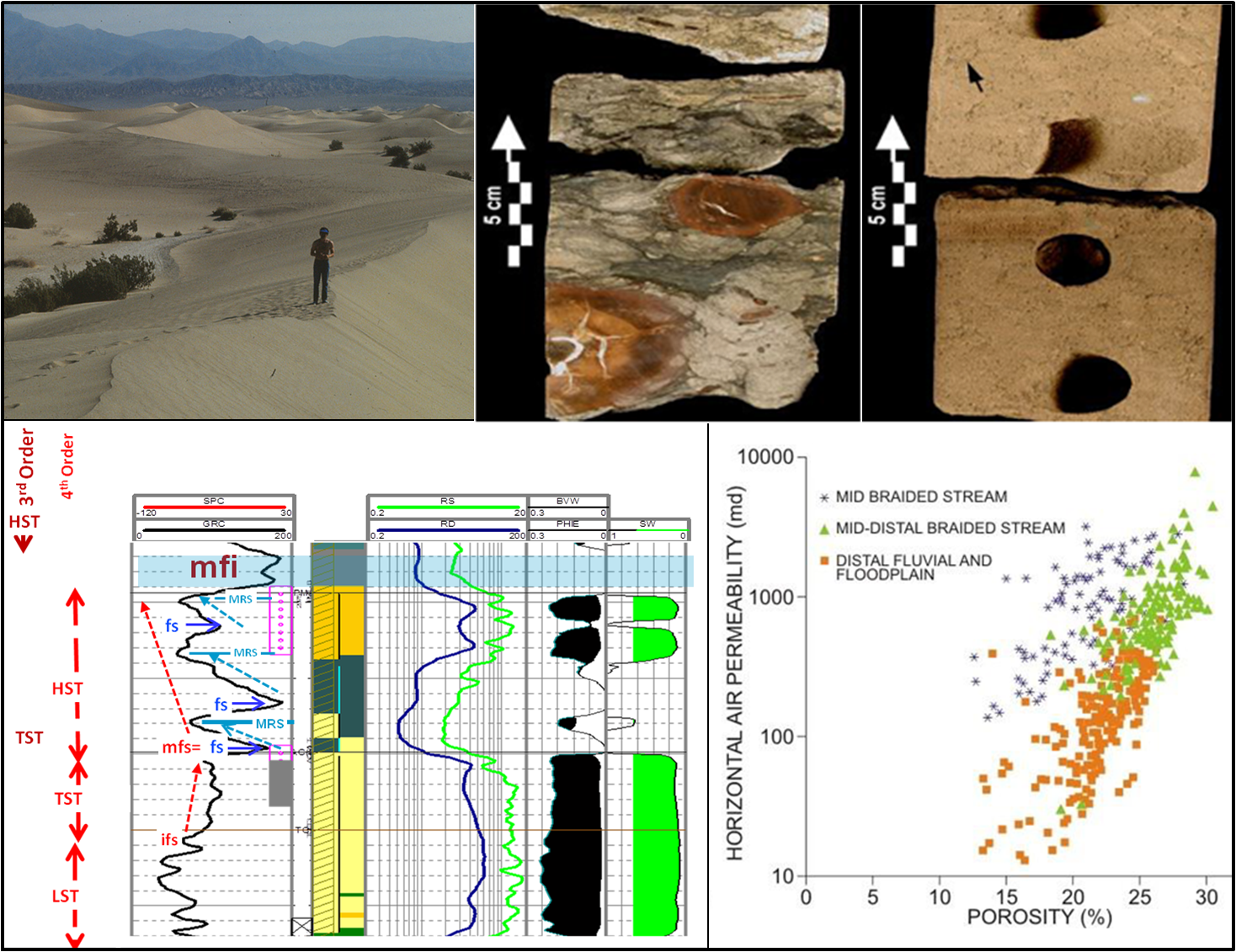Basin Analysis Methods
Course Length
3 days (light version) to 5 days (full version)
Target students
Geologists, geophysicists, and engineers actively working in exploration from regional studies to prospect generation
Learning Outcomes
Incorporate methodologies and workflows with available datasets pertinent to describe and derisk reservoir source and seal elements at a basin and play scale
Construct Gross Depositional Environment (GDE) and Common Risk Segment (CRS) maps
Predict/estimate porosity evolution with burial and cases of exhumation
Quantify timing of trap formation and migration with kinetic sequence stratigraphy
Estimate biodegradation risk with temperature gradient/heatflow calculations.
COURSE OVERVIEW AND CONTENT
This course covers the basic concepts and methods applied to basin analysis in oil and gas exploration, and appraisal. All concepts are illustrated with examples of outcrop well-log, core and seismic data.
Introduction
Methods in Basin Analysis
Sequence Stratigraphy applied to Basin Analysis
Low- and high-accommodation fluvial systems
Incised valleys and lowstand deepwater clastics
Shoreline trajectory methodology, evolution of clastic- and carbonate-dominated margins
Basins during transgression
Prograding shorelines
Sequence stratigraphic framework below seismic resolution
Reservoir porosity prediction with porosity versus depth plots, exhumation and potential improvement due to reworking
Carbonate-dominated basins
Growth Strata in compressional and extensional settings: implications for stratigraphic traps and structuring and migration/charge timing
Burial history, subsidence, heat flow, thermal gradients and biodegradation
